vestibular disease in cats uk
Masters of movement it becomes suddenly and immediately obvious when a cat isnt feeling his best. These clinical signs usually appear suddenly many times in.
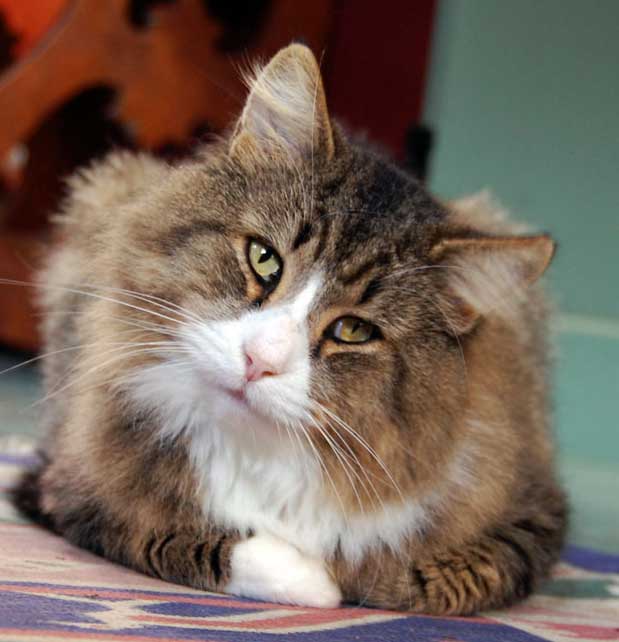
Home Remedy For Vestibular Disease In Cats Poc
Cats may sometimes suddenly lose their ability to orient themselves and become somewhat tipsy.

. For more information on vestibular disease in cats or any other neurologic condition schedule a consultation with any of our veterinary neurologists in Miami Boynton Beach and Jupiter FL. Vestibular disease in cats is a condition in which a cat suddenly develops incoordination falling or circling to one side involuntary darting of the eyes back and forth nystagmus a head tilt and often nausea or vomiting. Reported as the most common cause of peripheral vestibular disease in both dogs and cats Garosi et al 2001 otitis media is more common than previously thought and occurs in more than 50 per cent of chronic otitis externa cases Gotthelf 2004.
Abnormal eye movement referred to as nystagmus. This can result in among other things imbalance and loss of motor skills. Vestibular disease also known as geriatric vestibular disease or vestibular syndrome cats can appear suddenly in your cat.
Clumsiness and falling over. Although the tilt is concerning it by itself is not dangerous and most cats will adjust to it over. This system also regulates locomotion and other movements and.
Symptoms of Vestibular Disease in Cats Uncoordinated gait Circling to one side Head tilt Rapid eye movement Loss of appetite Nauseavomiting. Tilted head in your cat. When it comes to vestibular disease in dogs and cats symptoms can include.
Feline vestibular syndrome itself is. Experts at Southeast Veterinary Neurology are available 24 hours a day to help you and your cat through a neurologic emergency. Lack of coordination eg.
In this article we will discuss the peripheral form which with treatment generally carries a good prognosis and is much more common than central vestibular disease which attacks the central nervous system and brain. We term this feline vestibular syndrome or idiopathic vestibular disease. Vestibular disease in cats in most all cases has no actual known cause which is what makes it so mysterious.
Cats affected by vestibular disease tend fall to one side tilt their heads and experience unintentional eye movement. Bacterial and fungal infection Inflammatory diseases Tumors Nasopharyngeal polyps Cancer Head trauma Allergic reactions to medication. Vestibular disease in cats is a condition in which a cat suddenly develops incoordination falling or circling to one side involuntary darting of the eyes back and forth nystagmus a head tilt and often nausea or vomiting.
Vestibular syndrome in cats is a set of clinical symptoms that can arise suddenly caused by alterations to the vestibular system. A cats vestibular system is the complex arrangement of nerves and other components that governs its sense of balance and coordinate the movement of its head and eyes. May be secondary or idiopathic.
The vestibular system or apparatus as it is also known is responsible for maintaining balance posture and the bodys orientation in space. Abnormal eye position referred to as strabismus. These include central and peripheral vestibular disease.
From there it is necessary to carry out hearing tests and neurological examinations in order to identify where the injury is located. And some cats are more than just a little dizzythey cannot even stand. Vestibular Disease in Cats.
That is quite a worry for an unprepared owner. Cats with a markedly depressed mental state proprioceptive deficits and cranial nerve deficits were classified with central vestibular disease CVD. There are 2 types of vestibular disease that occur in cats.
Therefore a cat with vestibular disease will lose his sense of balance have a tendency to fall down tilt his head to one side and lose the ability to walk in a straight line. Vestibular syndrome in dogs and cats can be caused by a disease affecting any part of the system sensors within the ear the nerve connecting the ear and brain or the control centre in the brain. Vestibular disease is one of the most common neurological presentations in veterinary neurology and can be one of the most challenging.
The grace balance and speed of cats is legendary in the animal kingdom from lions roaming the plains on a hunt to the sleepy tabby perched atop a suburban couch. The vet may also use complementary tests such as blood tests. Repeatedly falling or leaning to one side.
Rita Gonçalves looks at the clinical signs presented in animals suffering from vestibular system problems and advises on a range of diagnostic tests. The most common clinical signs of vestibular disease include circling or falling to one side a pronounced head tilt and rapid and involuntary oscillating movement of the eyeballs. It usually happens without.
Observation of clinical symptoms and physical examination are the starting point for the diagnosis of feline vestibular syndrome by the veterinarian. Symptoms of Vestibular Disease in Cats. Forty cats 52 were designated to have unilateral CVD one cat had paradoxical vestibular syndrome and the remaining 36 47 cats had PVD of which 5 had bilateral clinical signs.
Conditions affecting the ear include deep ear infections otitis ear tumours or polyps damage to the skull such as caused by a road traffic accident or a bad fall. The causes of vestibular disease in cats include but are not limited to. Vestibular Disease in Cats.
In the other fifty percent it may leave your cat with a permanent head tilt. Damage to the vestibular system can cause a number of symptoms. Disturbance of the central or peripheral vestibular system.
In cats this disease is idiopathic meaning its cause is not known. News Vets RVNs Students Business Opinion Find a job CPD Podcasts Comps More People Match Big 6. In about fifty percent of the cases it will resolve itself over a period of a couple of weeks.
Loss of balance or wobbly legs. Types of Vestibular Disease. There are two types of vestibular disease.
Ataxia fallingrolling leaning to one side head tilt unilateral or wide excursion of the head from side to side bilateral circling nystagmus.

Home Jonathan Wood Veterinary Surgeons
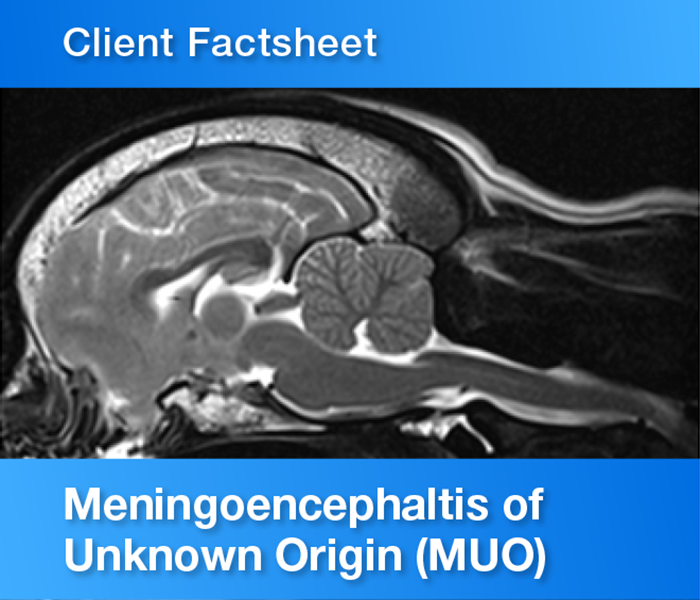
Vestibular Syndrome Factsheet Vet Oracle
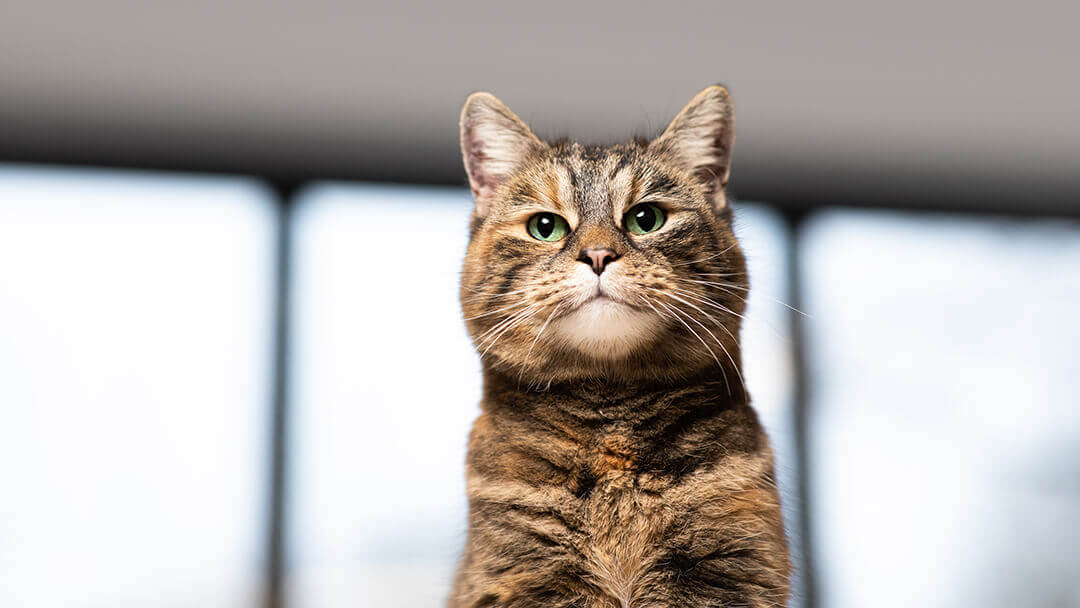
Cat Stroke Causes Symptoms Treatment Purina
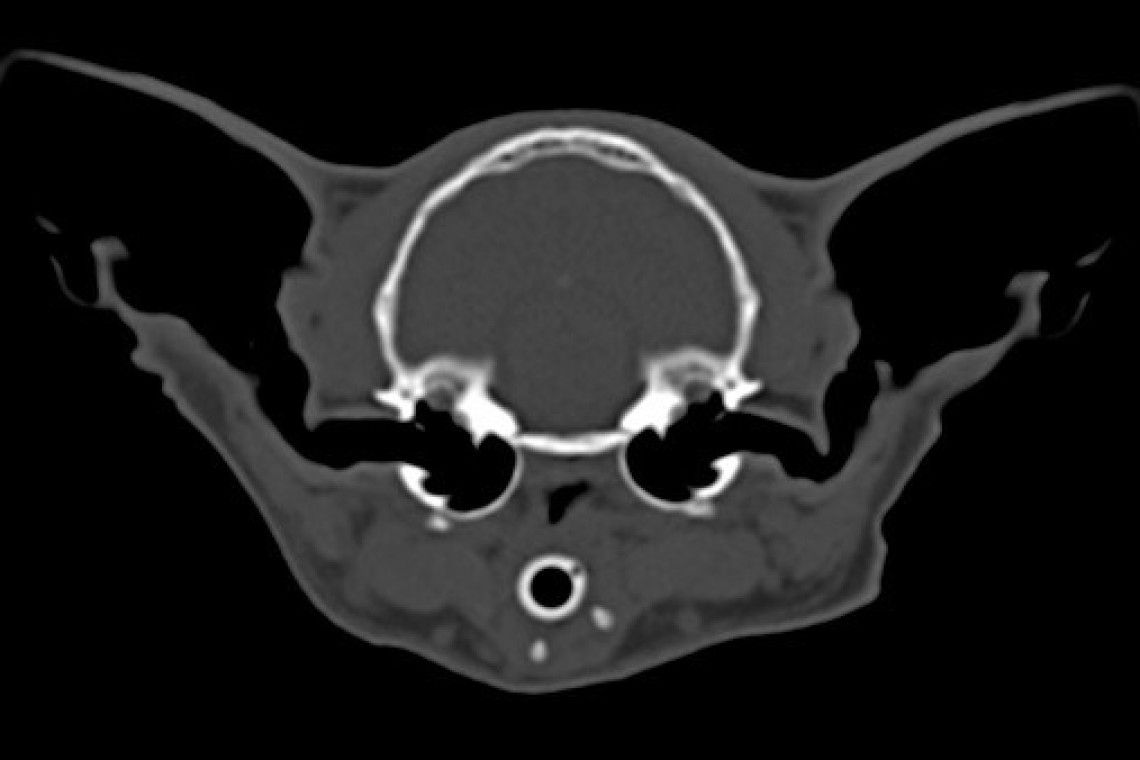
Vestibular Disease Fitzpatrick Referrals

Feline Geriatric Vestibular Syndrome Lovetoknow
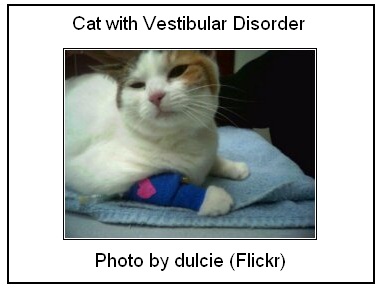
Feline Vestibular Disorder Poc

Home Jonathan Wood Veterinary Surgeons

Idiopathic Vestibular Disease Southfields

Guidelines On How To Treat Feline Vestibular Syndrome

Frontiers Changes In Health Indicators Of Welfare In Group Housed Shelter Cats Veterinary Science

Home Jonathan Wood Veterinary Surgeons

Vestibular Syndrome Kingdom Veterinary Clinic

Home Jonathan Wood Veterinary Surgeons

Vestibular Disease Fitzpatrick Referrals

Siamese Cats And Vestibular Disease Pets4homes

Feline Vestibular Disease Vca Animal Hospitals
/Catbed-GettyImages-1309831690-5fb5d9d4bfba4ac5a61788af943a69b2.jpeg)

